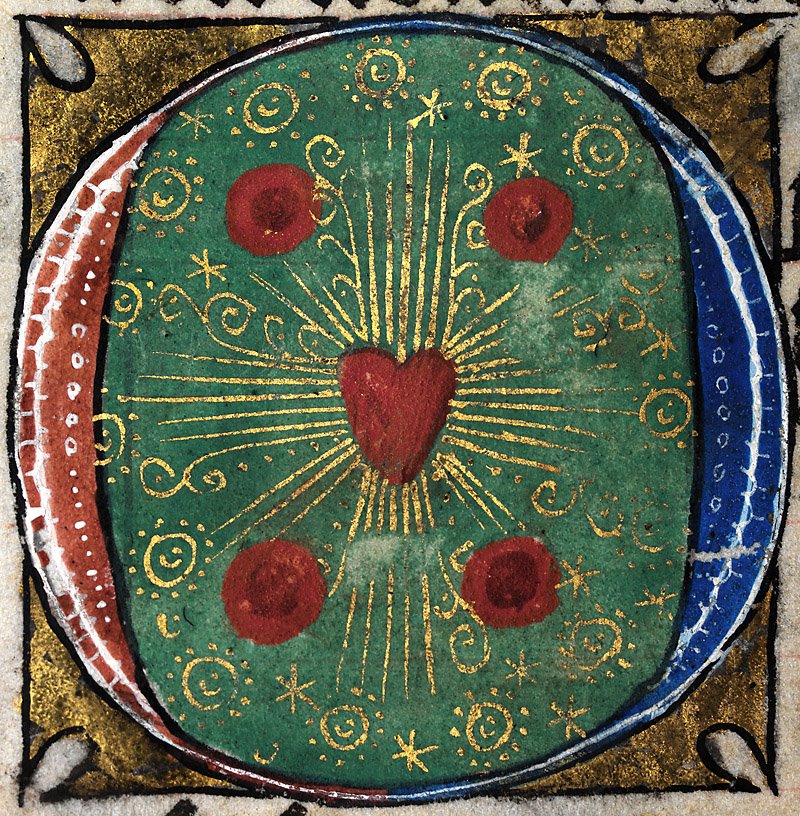The Chapel of St Michael Archangel was completed in 1310, when the whole house received its major enlargement under Canon John de Markenfield. Mass would have been said here daily for over 250 years by the resident priest, who may well also have been Chaplain to the Markenfield Chantry Chapel in Ripon Cathedral three miles away.
Markenfield was always a fiercely Catholic house. In 1539, the forcible suppression of nearby Fountains Abbey and other great monasteries appalled the devout Markenfields. It is probable that the family did what they could to rescue much of what was then being broken up: the stone carved hand and wrist, possibly of a child-saint, found in the moat in 2008 and now on the window cill to the left of the altar, may have been a fragment of what they tried to rescue.


